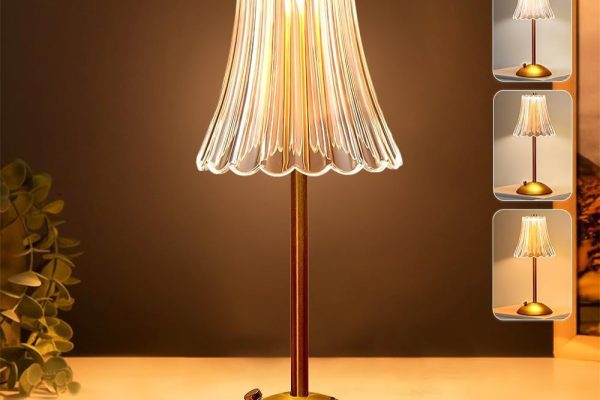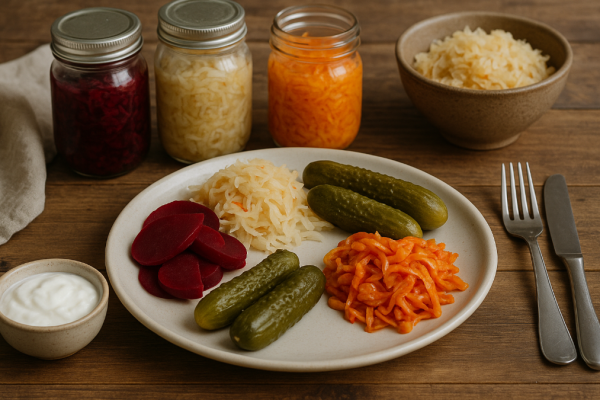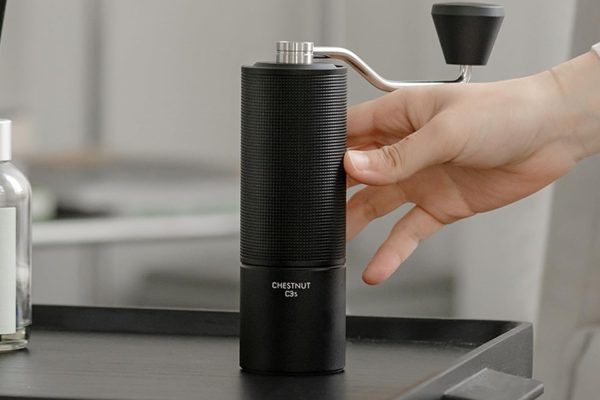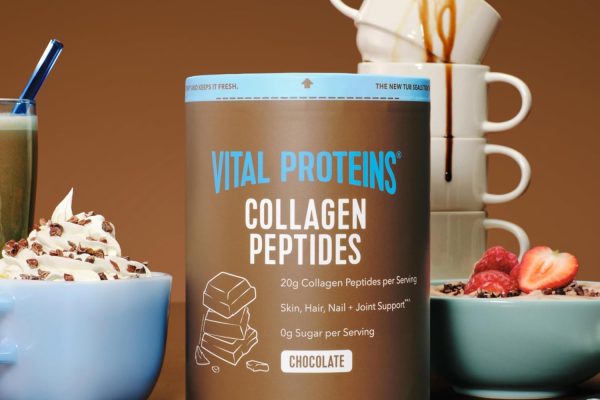
Creating a truly healthy home goes beyond choosing organic food and natural cleaning products. Your paint selection plays a critical role in both indoor air quality and your psychological connection to nature. When pursuing biophilic design – the practice of bringing natural elements indoors – your paint becomes far more than a cosmetic choice.
Most homeowners unknowingly expose their families to harmful chemicals through conventional paints, even those labeled “zero-VOC” or “non-toxic.”
Why Your Paint Choice Defines Your Home’s Health
Biophilic design has gained serious scientific backing for its measurable health benefits. Environments rich in natural elements can reduce stress levels by up to 60%, boost cognitive function, and improve sleep patterns. Research shows these spaces also lower blood pressure, reduce respiratory issues, and increase creativity.
But here’s the challenge: conventional paints can undermine these benefits through poor indoor air quality and chemical exposure that persists for years.
The paint industry’s marketing creates a false sense of security. “Zero-VOC” doesn’t mean chemical-free, and “non-toxic” claims often lack third-party verification.
The Hidden Chemical Dangers in Your Paint Can
Beyond VOCs: What Manufacturers Don’t Tell You
While Volatile Organic Compounds (VOCs) get attention, numerous other harmful substances lurk in paint formulations.

The Transparency Problem
The paint industry operates with minimal ingredient disclosure requirements. Manufacturers can hide harmful additives under vague terms like “preservative” or omit chemicals present in small quantities. This creates a “hidden health burden” where consumers believe they’re making safe choices while unknowingly exposing themselves to persistent toxins.
Certifications That Actually Protect Your Health
True paint safety requires multiple, complementary certifications working together.
Essential Certifications to Seek
GreenGuard Gold
- Tests for over 10,000 chemicals
- Limits VOCs to less than 220 μg/m³
- Restricts formaldehyde to below 7.6 parts per billion
- Specifically designed for sensitive populations and children’s spaces
Green Seal (GS-11)
- Takes a holistic approach to environmental impact
- Bans carcinogens, mutagens, and reproductive toxins
- Will prohibit PFAS starting in 2025
- Sets VOC limits at 50 g/L for flat finishes, 150 g/L for non-flat
Cradle to Cradle Certified (Material Health)
- Evaluates every chemical down to 100 parts per million
- Gold level certification means 100% of ingredients assessed
- No known carcinogens, mutagens, or reproductive toxins allowed
- Represents the highest standard for chemical scrutiny
Declare Label (Red List Free)
- Requires 100% ingredient disclosure to 100 ppm
- Prohibits Living Building Challenge Red List chemicals
- Provides complete transparency about product composition
- Recognized by EPA for federal purchasing
 Creating Biophilic Color Palettes That Heal
Creating Biophilic Color Palettes That Heal
Nature-Inspired Color Psychology
Colors directly impact your nervous system and stress response. Biophilic color palettes should mirror the calming, balanced tones found in natural environments:

Full-Spectrum Paint Technology
Full-spectrum paints, formulated without black pigment, reflect the entire range of natural light. This creates luminous, nuanced colors that shift subtly throughout the day, mimicking outdoor light conditions and enhancing your circadian rhythm.
Top Organic, Non-Toxic Paint Brands
Premium Natural Options
- Potassium silicate base with mineral pigments
- GreenGuard Gold and Cradle to Cradle Gold certified
- 20-year guarantee against fading
- Creates luminous, stone-like textures
- 99% natural raw materials
- Organic plant oils and biogenic binders
- Carbon neutral production
- Certified for allergy sufferers
James Alexander Mineral Paint

James Alexander Limewash Paint Argilla Francese Beige [click to view…]
- Authentic limewash from limestone
- Virtually odorless application
- CO2-absorbing properties
- Natural mold resistance
High-Performance Natural Hybrids
Semi-Gloss Paint [click to view…]
- Water-based acrylic with transparency
- Zero VOC with air-purifying options
- APE and PFAS-free formulation
- Exceptional coverage up to 560 sq ft per gallon
- Zero VOC acrylic latex
- GreenGuard Gold certified
- Curated nature-inspired colors
- Sustainable packaging practices
- Over 90% sustainably sourced materials
- Truly zero VOC (less than 1g/L)
- USDA Bio Preferred certification
- Mineral colors with air-improving properties
Traditional Natural Paints
- 100% organic milk protein base
- Zero VOC, food-contact safe
- CPSC Kids Safe Paint certified
- Creates authentic matte, chalky finishes
- Clay and oil-based natural options
- Zero VOC clay paints
- Food-grade wood finishes
- Organic depth and texture
Your Paint Selection Strategy
Action: Choose paints that meet multiple certification standards for comprehensive safety.
Assessment Framework
- Surface Compatibility
- Limewash for masonry and plaster
- Linseed oil for wood surfaces
- Acrylic for drywall and general use
- Durability Requirements
- High-traffic areas need enhanced durability
- Consider sealers or densifiers for natural paints
- Mineral paints offer exceptional longevity
- Color Range Needs
- Natural brands may have limited palettes
- Some require custom mixing
- Full-spectrum options provide richest colors
- Budget Considerations
- Higher upfront costs often balanced by:
- Superior coverage requiring fewer coats
- Extended durability reducing repainting frequency
- Long-term health benefits
Label Reading Strategy
Red Flags to Avoid:
- Vague terms like “preservative” without chemical names
- “Zero-VOC” claims without third-party verification
- Missing ingredient disclosure or MSDS sheets
- Absence of multiple certifications
Green Flags to Seek:
- Complete ingredient lists down to 100 ppm
- Multiple complementary certifications
- Transparency about all additives including colorants
- Clear performance data and application guidelines
Transform Your Home Into a Healing Sanctuary
The path to a truly biophilic home requires looking beyond surface-level “green” marketing to understand the complete chemical profile of your paint. By selecting products with multiple, rigorous certifications and natural formulations, you create indoor environments that actively support your health and well-being.
Your paint choice impacts your family’s health every day through the air you breathe and the psychological effects of your color environment. Investing in genuinely organic, non-toxic paints means investing in a home that nurtures both your physical health and your innate connection to nature.
Start with one room, choose paints that meet the certification standards outlined above, and experience the difference that truly healthy, biophilic design can make in your daily life. Your lungs, your stress levels, and your overall well-being will thank you.
Dora Decora is a biophilic interior design specialist and passionate blogger. With a deep commitment to integrating nature into living spaces, Dora specializes in creating environments that foster human-nature connections through thoughtful design elements. Her approach emphasizes sustainable materials, natural lighting, and organic patterns that enhance wellbeing and reduce environmental impact.
This post (https://homechroma.com/best-organic-non-toxic-paint-for-biophilic-home-interiors) was originally published by Dora Decora on Home Chroma. As an Amazon Associates partner, we are compensated for all qualifying purchases.
 Creating Biophilic Color Palettes That Heal
Creating Biophilic Color Palettes That Heal




























